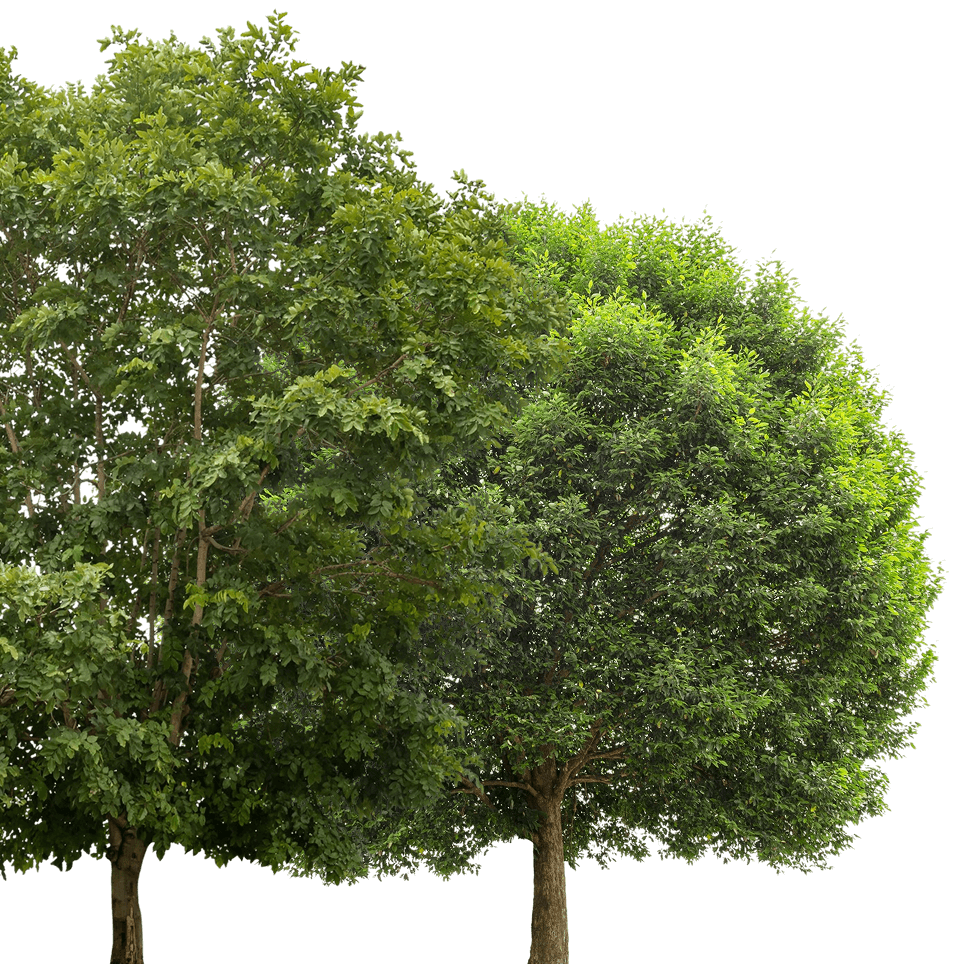Living in the Northern Rivers region is pretty special, isn’t it? With stunning beaches, lush valleys and friendly local communities, it’s a truly gorgeous place to call home. But sometimes that beauty comes with a fair bit of paperwork and navigating council rules, especially when you’re looking after the trees of Ballina, Byron Bay or Lismore shires.
We’ve put together this easy-to-understand guide to help you cut through the confusion and make sure your tree work ticks the right boxes.



The Northern Rivers is home to incredible trees such as figs, banksias, and gums that play a vital role in our environment. These trees are often protected under council laws, and for good reason. Whether it’s preserving a habitat or maintaining soil stability, there are times when tree removal needs careful consideration.
If you’re planning tree work, let’s make sure it aligns with regulations and protects our natural heritage.

We know council paperwork isn’t anyone’s idea of a good time. However, trying to sneak in tree work without the right approvals can definitely land you in a spot of bother. Skipping over Tree Preservation Orders (TPOs) or forgetting that Development Application (DA) can come with some real downsides. We’re talking about fines that could leave your wallet feeling a bit light, being told to replant new trees you didn’t want, or even getting intertwined in a thorny situation.
Honestly, it’s just simpler and much less expensive down the track to know the rules before you start chopping.
What's a TPO?
Think of a TPO as a special protection order for individual trees or groups of trees the council deems important for the environment or community. Doing anything to a tree with a TPO usually requires a formal application.
When Do I Need a DA?
A Development Application (DA) or similar permit is typically needed for tree removal or significant pruning if the tree is protected by a TPO, meets certain size criteria set by the council, or is in a sensitive location. Always check your local council's guidelines.
Do You Need Council Permission?
The following factors determine whether you need permission: tree type, size, location, and what you’re planning to do with it.
Following the correct council requirements not only keeps you out of trouble but ensures your tree work is done safely, responsibly, and with care for the environment.
Each local council has specific rules and approval processes. To make things a bit easier, here are the direct links and contact details for the tree and development sections.
Please note: Council websites and regulations can change. Always refer to the official council resources or contact them directly for the most current information.
Navigating council rules can bring up questions. Here are some common ones we hear in the Northern Rivers.
Pruning is like a careful haircut for your tree — it’s a skilled way to snip off smaller branches to keep it healthy and looking good. ‘Tree lopping,’ on the other hand, is a harsher chop that often leaves big, ugly wounds. This kind of drastic cutting is not entirely recommended, as it can really hurt your tree, making it weak and prone to disease down the line.
Yes, we can! We’re familiar with the council’s requirements. We can assess your tree, advise if approval is needed, and provide the necessary arborist reports to support your application.
In true emergency situations where a tree poses an immediate risk to life or property, there are usually provisions for urgent removal. However, you typically still need to notify the council immediately and follow specific procedures. Always consult an arborist and your council in emergencies.
Approval times vary depending on the council and the complexity of the application. It’s best to check directly with the relevant council for their current processing times.
Figuring out TPOs and DAs can be a tree-mendous puzzle. Our certified arborists can help you understand the requirements for your specific tree and property in the Northern Rivers and assist with the necessary reports.

Fill out the form and we’ll be in touch.